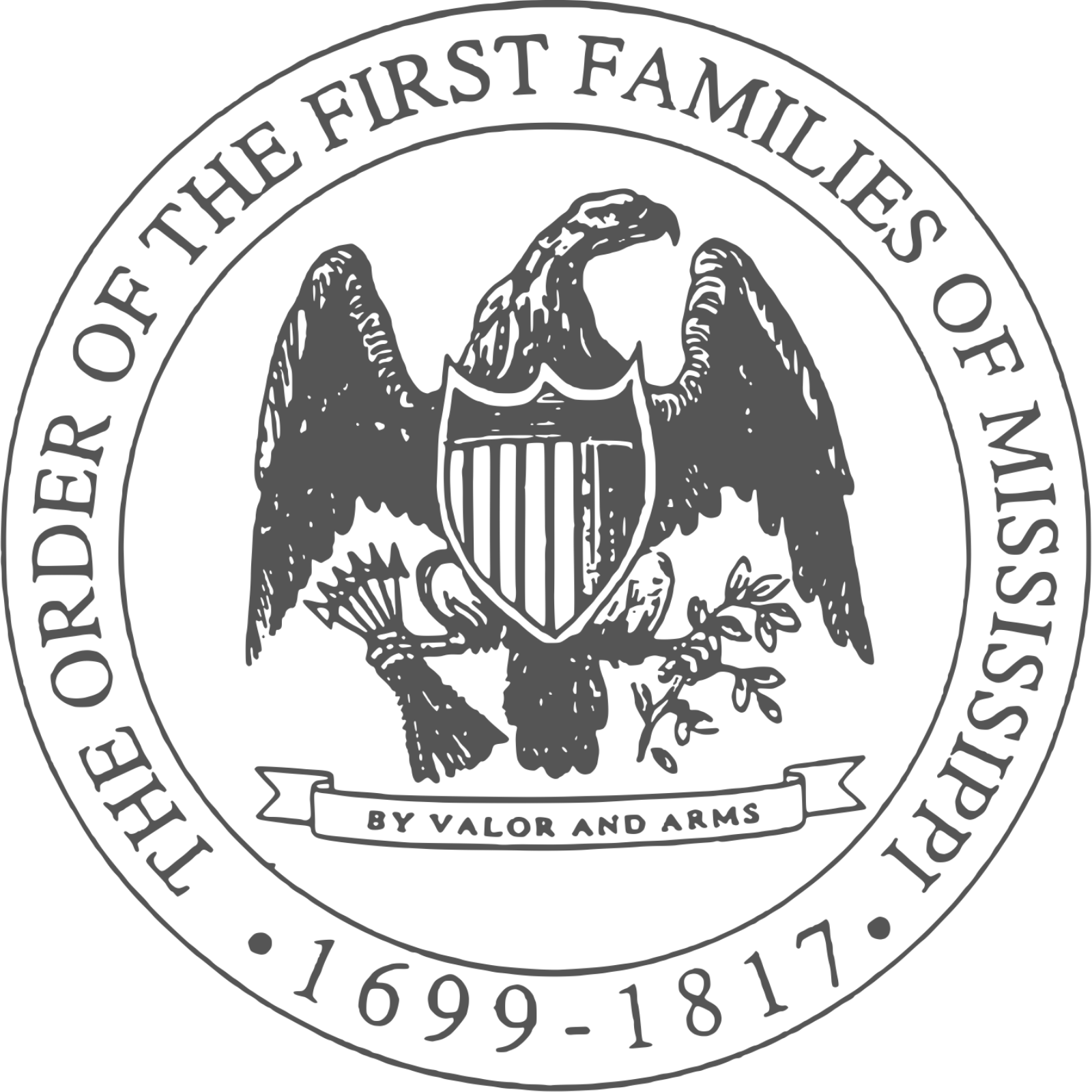BENJAMIN BRASHEAR
BENJAMIN BRASHEAR
1727 - 1809
|
Benjamin Brashear, a fourth-generation American colonist of Huguenot descent, was baptized in 1727 at Saint Barnabas Episcopal Church in Prince George's County, Maryland. Within the impressive brick structure is currently housed a marble baptismal font and silver communion set inscribed "St. Barnabas Church in Merreland, 1718." Benjamin and his children were likely baptized from that font. Benjamin was a veteran of the French and Indian Wars having served in the Maryland Militia. He married his Captain's niece, Catherine Lucy Belt, in 1750. Their union produced 10 children. Lucy was the grand-daughter of Colonel Joseph Belt who is credited as the patentee of Chevy Chase, Maryland and member of the House of Burgesses. In 1773, Benjamin removed his young family from Maryland and embarked for the western frontier initially settling at Red Stone Creek near Fort Burd on the Monongahela River, then part of the Colony of Virginia. It was here, two of Benjamin's sons, Richard and Tobias, enlisted under General George Rogers Clark and embarked on the notable Northwest Campaign near the end of the Revolutionary War. Benjamin and the rest of the family accompanied Clark's army down the Ohio River stopping briefly at Bullitt County Kentucky and on through the Illinois territory; settling for a time at Kaskaskia, Illinois after Clark and his men wrested the area from the British. Benjamin's oldest son, Marsham, remained in Bullitt County and established a trading post on the Wilderness Road between Harrodsburg and the Falls of the Ohio River. Marsham's was purportedly the first marriage ceremony performed in the fledgling settlement of Louisville. Marsham married Lucy Phelps, a survivor of the Boonesborough siege of 1778. In an interview with Lyman Draper, she recounted having watched Col. Daniel Boone sharply eye an Indian spy peering into the fort from an adjacent sycamore tree. A crack from Boone's musket and the Indian was felled from his branch. In 1780, the Brashear family left Clark's army in the Illinois territory and made their way down the Mississippi River. Benjamin secured a Spanish land grant of 400 arpents on the waters of Bayou Pierre in the Spanish held Natchez district. Sons, Richard and Tobias had married in Kaskaskia and brought their young families south as well. The entire family settled in and around Natchez and Port Gibson marrying into local families and becoming intertwined with the community. Several of Benjamin's sons and sons- in-law also secured Spanish land grants in the area. One son, Turner Brashear, is well known for having established, in 1806, a stand on the Natchez Trace. Today, Brashear's Stand is a featured historic waypoint on the Natchez Trace Parkway at Ridgeland, Mississippi. Turner married into the Choctaw Nation and served Spanish and American authorities as an official Choctaw interpreter. His name is found among the signatures of many notable treaties. Turner and his younger brother Eden served in several capacities at the nearby Choctaw Agency in conjunction with their business endeavors along the Natchez Trace. Their father, Benjamin, maintained a plantation on Bayou Pierre in what is now Claiborne County until his death in 1809 after over 20 years in the Mississippi Territory. Benjamin Brashear passed away when he was 82 years old outliving his wife and five of his children. Jonathan Lorraine Catchings (1786-1855), one of seven sons and a daughter of Revolutionary War Major Benjamin Catchings Jr. and grandson of Benjamin Catchings of Southampton County, Virginia, was born in Wilkes County, Georgia. His mother was Mildred Criddle Catchings, daughter of Humphrey Criddle and Mildred King of Bedford County, Virginia. Jonathan and two of his brothers, Joseph and Phillip, came to Mississippi Territory in 1809, with their families. Passed away at 82 years old outliving his wife and five of his children. |
